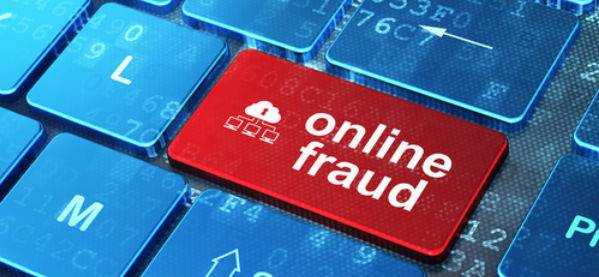Friendly fraud occurs when a customer fraudulently reports a transaction on his credit card statement as "unauthorized". The bank reverses the transaction leaving the merchant on hook. The reversal, also known as chargeback, is a mechanism to protect consumers who are unfairly charged. However, some customers use this to their advantage to perpetrate friendly fraud.
Friendly fraud is an undeserved chargeback. It occurs when a customer fraudulently files a chargeback claiming the item ordered was never received or he never made the charge.
Here is how this is done. Someone goes to a website, enters his credit card details and makes a purchase. Later on, he denies making the purchase and walks away with both, the goods and the money. It is easier to do this when buying intangible services on internet because all a card holder has to say is, “That wasn’t me”. Quashing such a claim is difficult because a merchant will find it difficult to prove that the person who received the online service (counseling via chat for example) is the same as the card holder.
Some people do this with fraudulent intent. Others just because they changed their mind (after receiving the goods or service). Either way, its unfair. Growing up, I learnt we are all responsible for our decisions. If I ordered food at a restaurant and decided I was no longer hungry when it arrived, my parents would tell me I still had to pay.
Turns out, not many people have the same ethics.
What makes friendly fraud even easier to perpetrate is the reluctance of our banking system to thoroughly investigate chargeback claims. When a claim is filed, banks commence investigations which are more often than not mere formality. Failure to be thorough in investigation is perpetuated by society’s idea that “customer is always right.” If banks do not follow through with the investigation quickly, they risk losing business. In the end, reversal of transaction favors both, the cardholder and the bank.
Because of this, chargeback fraud has become a way for consumers to make easy money. Instead of approaching the seller and giving them an opportunity to resolve the conflict, the cardholder immediately goes to their bank to ask for a chargeback. Most customers claim to have filed a chargeback because they did not have time to contact the merchant; however, approximately 80% of all chargebacks filed are filed out of convenience. Even though ignorance may be a factor in the recurrence of friendly fraud, some find it to be an easier way to make money. By winning a chargeback claim, they end with both, money and goods.
Ways to prevent friendly fraud
To reduce risk, it is best to comply with general business practice; one should always use an address verification service (AVS). AVS is an automated fraud prevention program that helps reduce the risk of friendly fraud for merchants. What AVS does is that it verifies the billing address with the address registered with the bank. For optimal performance, merchants should conduct an AVS check prior to completing the transaction, and consumers should provide both a billing and a shipping address. Using AVS can help reduce the amount of cases of friendly fraud because in general, only the real cardholder will have access to all the necessary information.
Secondly, merchants should be required to enter their card security code during checkout. By necessitating the card’s security code, it makes it more likely that a completed transaction will only be completed by the actual cardholder.
Lastly, by providing outstanding customer service, merchants will help ensure that they do not have unsatisfied customers. With great customer service, it becomes less likely that a disgruntled customer would contact the bank for a chargeback instead of contacting the business’s customer service.
Customers may however accidentally engage in friendly fraud because of an unrecognizable billing descriptor. If they are unable to identify the transaction, it becomes more likely that they will contact the bank for a chargeback. The billing descriptor – or transaction’s explanation – is printed on the card’s statement and is meant to ensure that the credit-card holder understands what each charge was for. However, if the billing descriptor is difficult to decode, this could lead to confusion and ultimately a chargeback. To ensure that there is no confusion, the vendor should consider adding the business phone number or website along with its name. This guarantees that a confused or dissatisfied cardholder can easily contact the business for more information.






